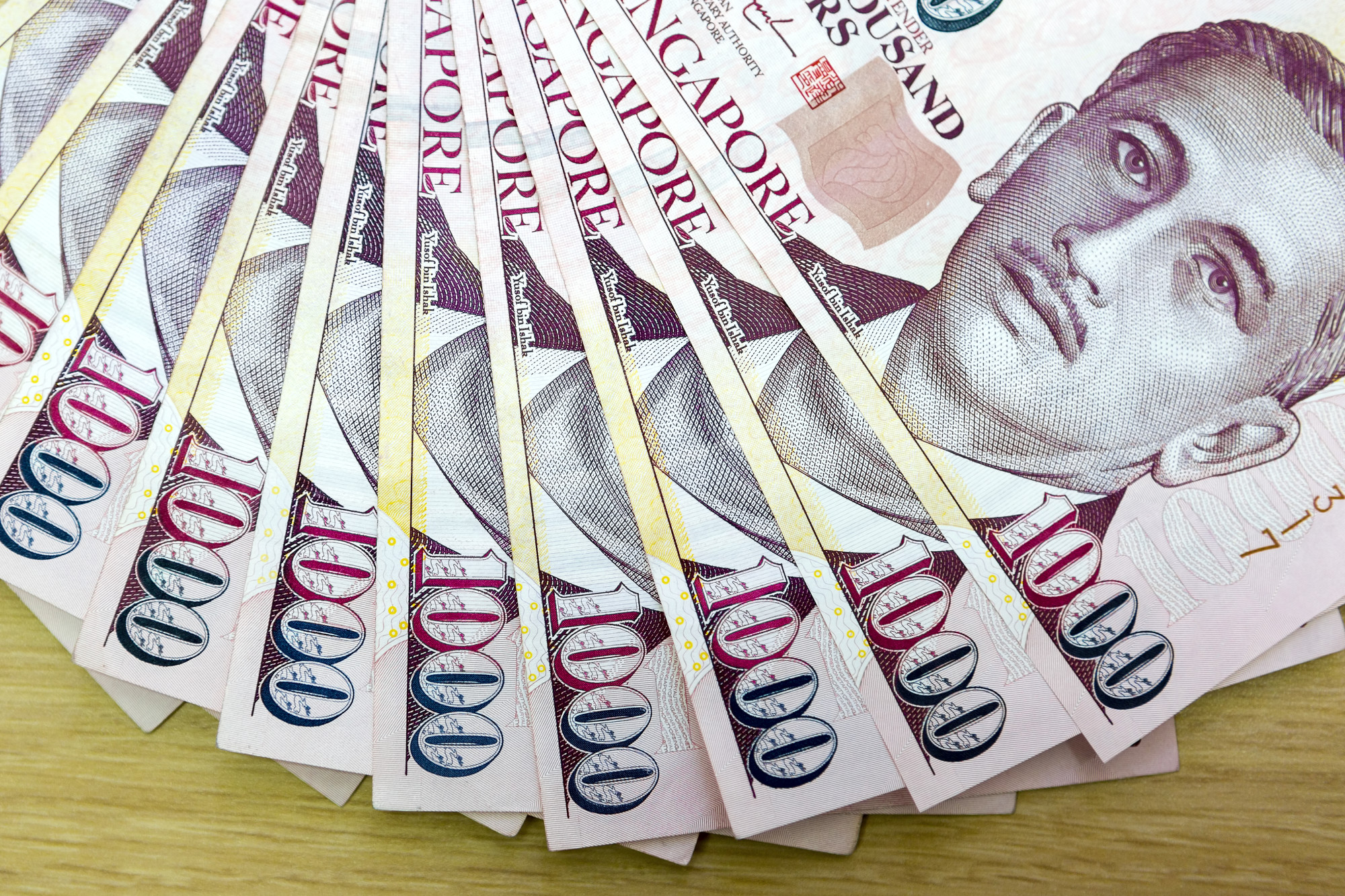
Singapore unexpectedly tightens monetary policy to fight inflation
- Analysts expect further action by the Monetary Authority of Singapore at its semi-annual policy meeting in April
- The central bank said the move is ‘appropriate for ensuring medium-term price stability’
The Monetary Authority of Singapore (MAS) manages monetary policy through exchange rate settings, rather than interest rates, letting the local dollar rise or fall against the currencies of its main trading partners within an undisclosed band.
It adjusts its policy via three levers: the slope, midpoint and width of the policy band, known as the Nominal Effective Exchange Rate, or S$NEER.
The MAS said it would raise slightly the rate of appreciation of its policy band. The width of the policy band and the level at which it is centred will be unchanged.
The new faces of hunger: inflation’s human cost, from Singapore to the Philippines
Selena Ling, head of treasury research and strategy at OCBC, said she expects the central bank to tighten again in April, describing Tuesday’s move as only a “slight tightening” of the slope.
“If they had announced a more aggressive tightening today, then that would have dampened expectations for April,” Ling said.
Tuesday’s tightening came just a day after data showed Singapore’s key price gauge climbed in December by the fastest pace in nearly eight years.
“This move builds on the pre-emptive shift to an appreciating stance in October 2021 and is appropriate for ensuring medium-term price stability,” the MAS said, referring to its tightening move late last year.
The central bank is expected to review settings at a semi-annual policy meeting in April, when it was widely expected by economists to make a tightening move.

The Singapore dollar strengthened to 1.3425 versus the US dollar following the surprise move, its highest since October 2021.
The MAS said it expects core inflation to be 2.0–3.0 per cent this year, from the 1.0–2.0 per cent expected in October. Headline inflation is expected to be 2.5–3.5 per cent, from the earlier forecast range of 1.5–2.5 per cent.
“While core inflation is expected to moderate in the second half of the year from the elevated levels in the first half as supply constraints ease, the risks remain skewed to the upside,” the MAS said.
The economy is expected to grow 3-5 per cent, unchanged from earlier forecasts.

